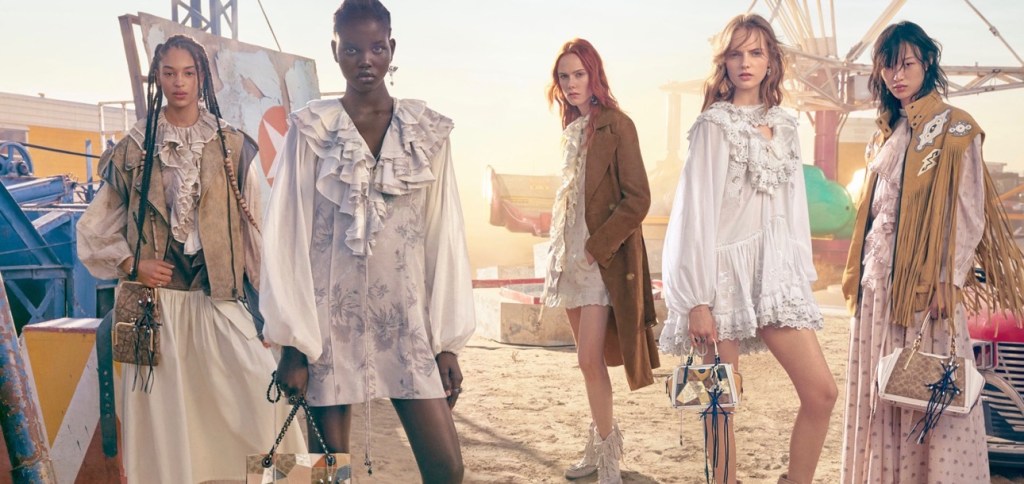Just from eyeballing billboards, magazines, Instagram and so forth, it’s clear that diversity in advertising is on the up-and-up. But too often we still get the feeling that the progress we’re seeing is merely headline-baity, gestural. For instance, just a few weeks ago, Calvin Klein, one of the industry’s more diversity-conscious brands, released a controversial campaign video in which supermodel Bella Hadid appears to…

"Feels like Karl Lagerfeld's Chanel."



